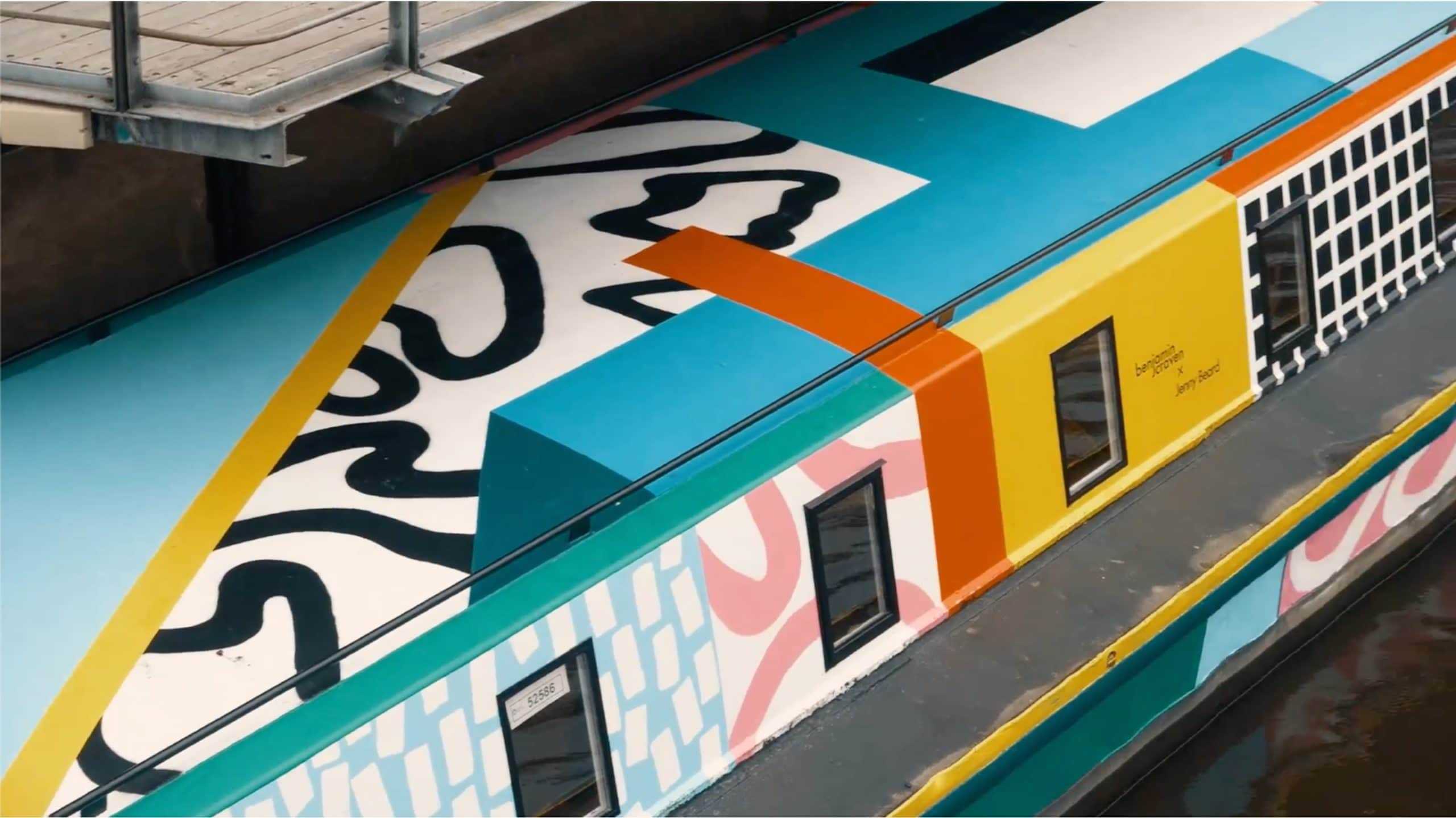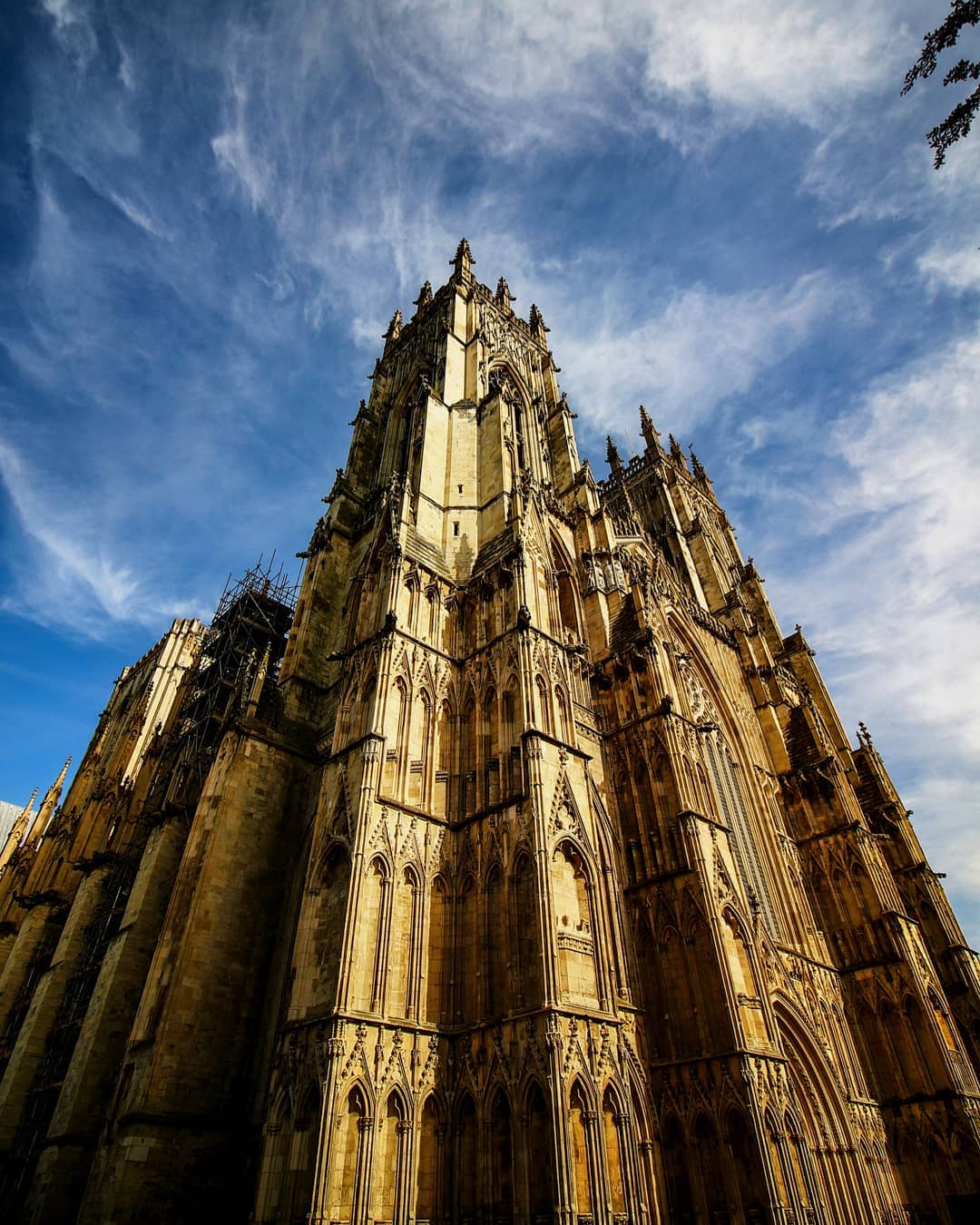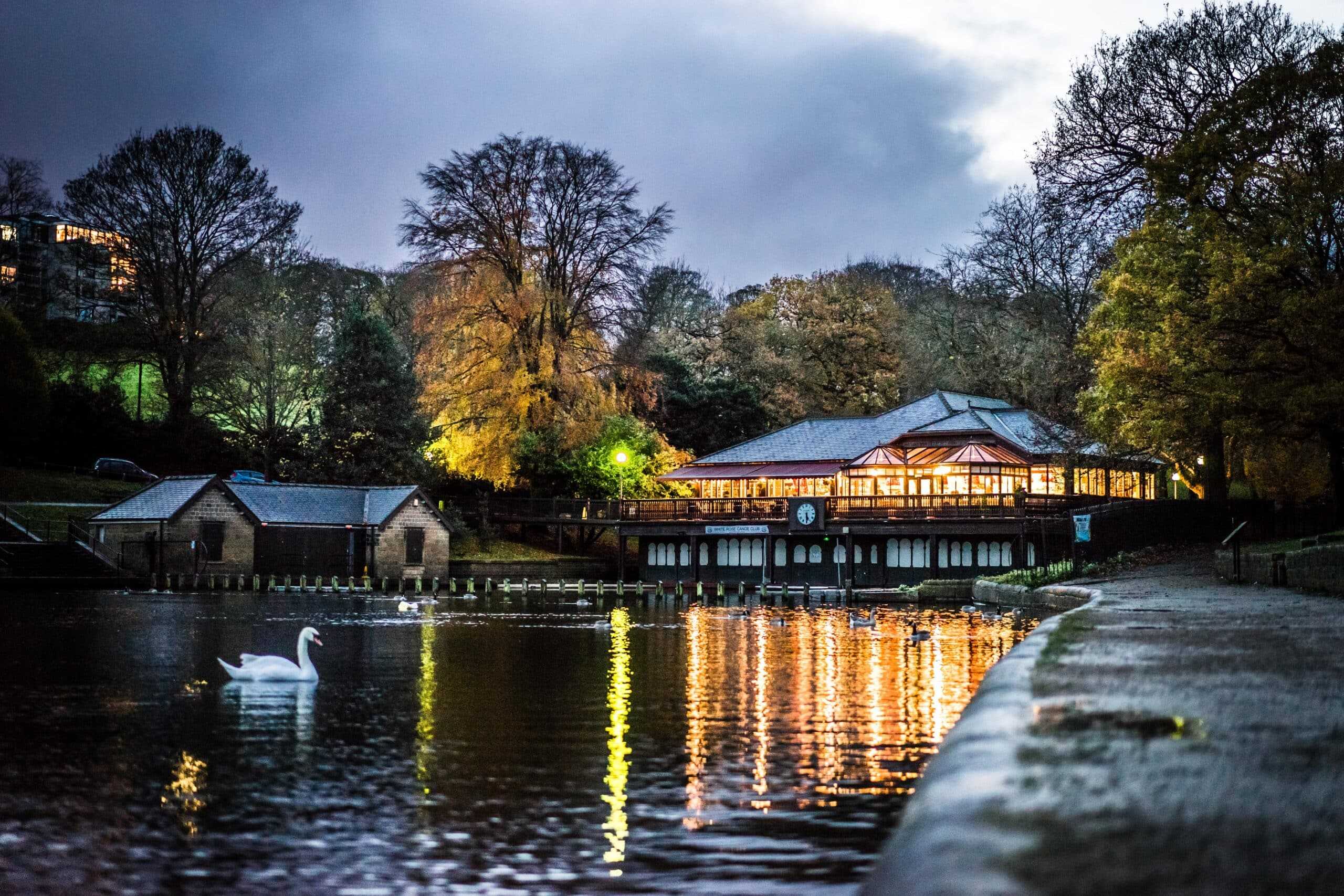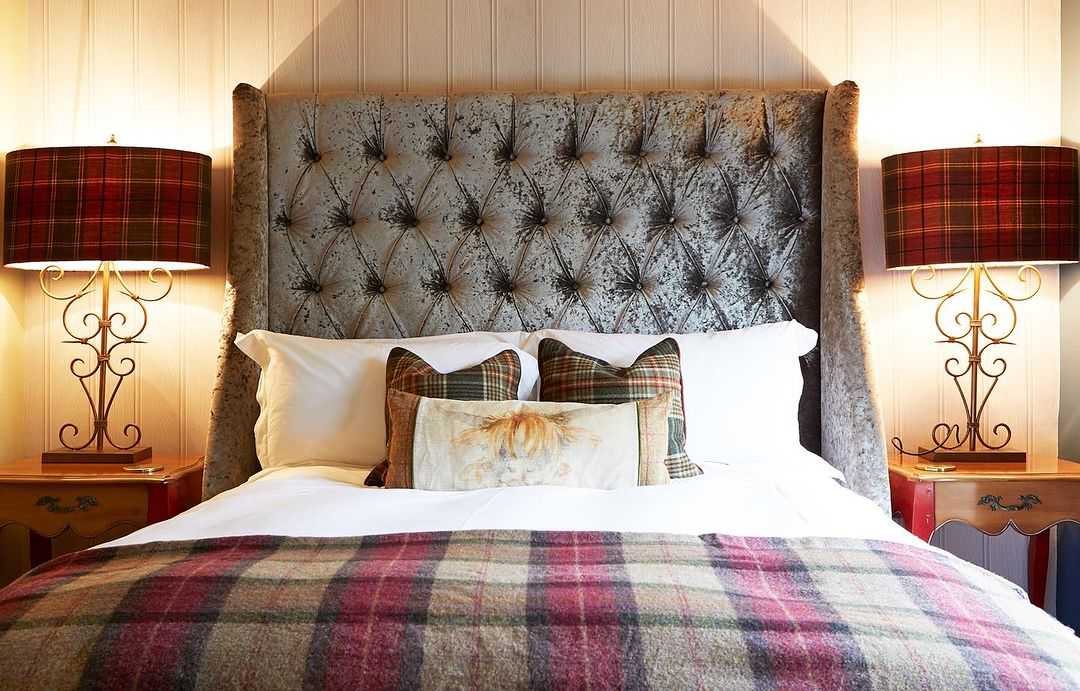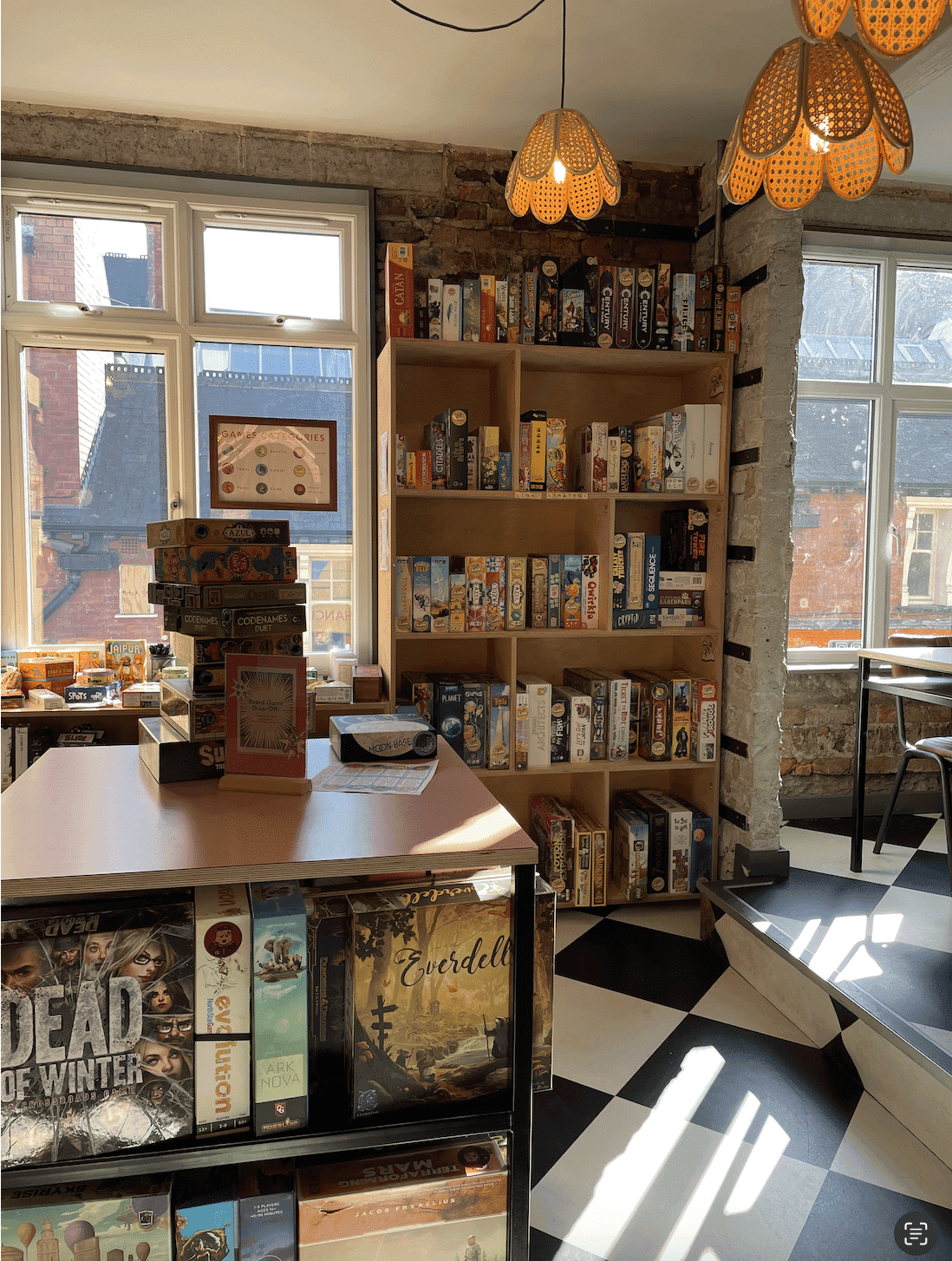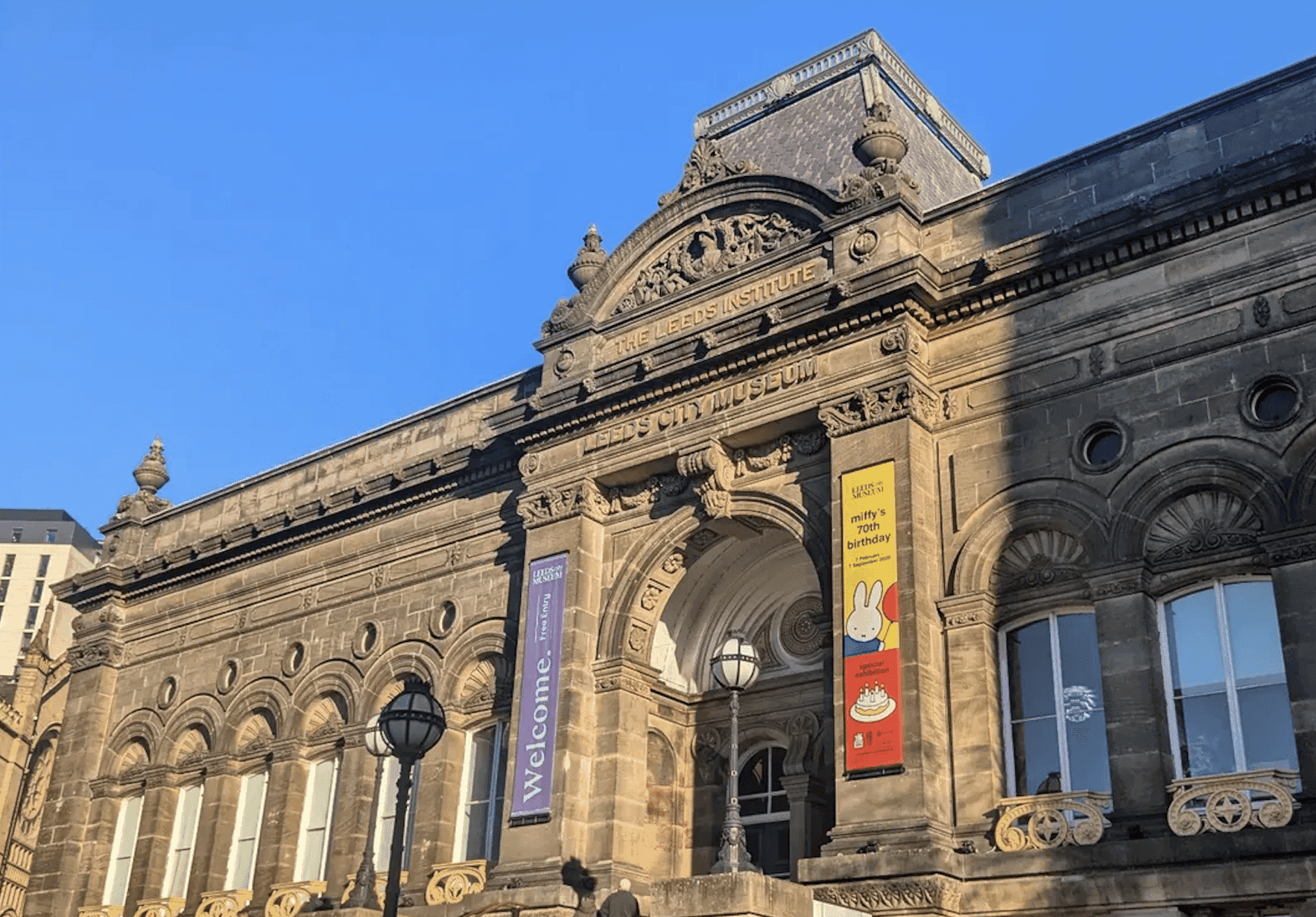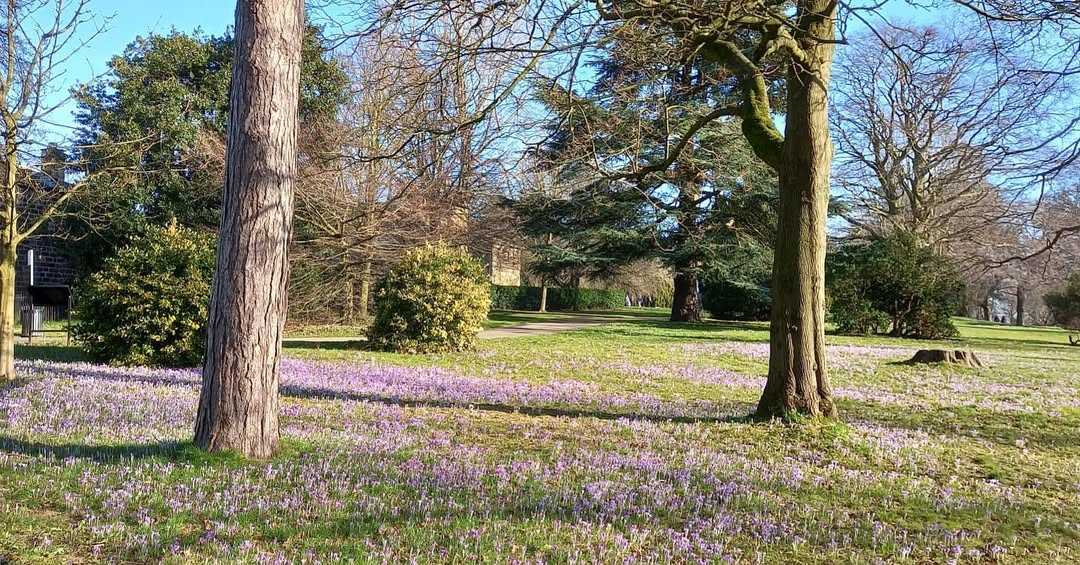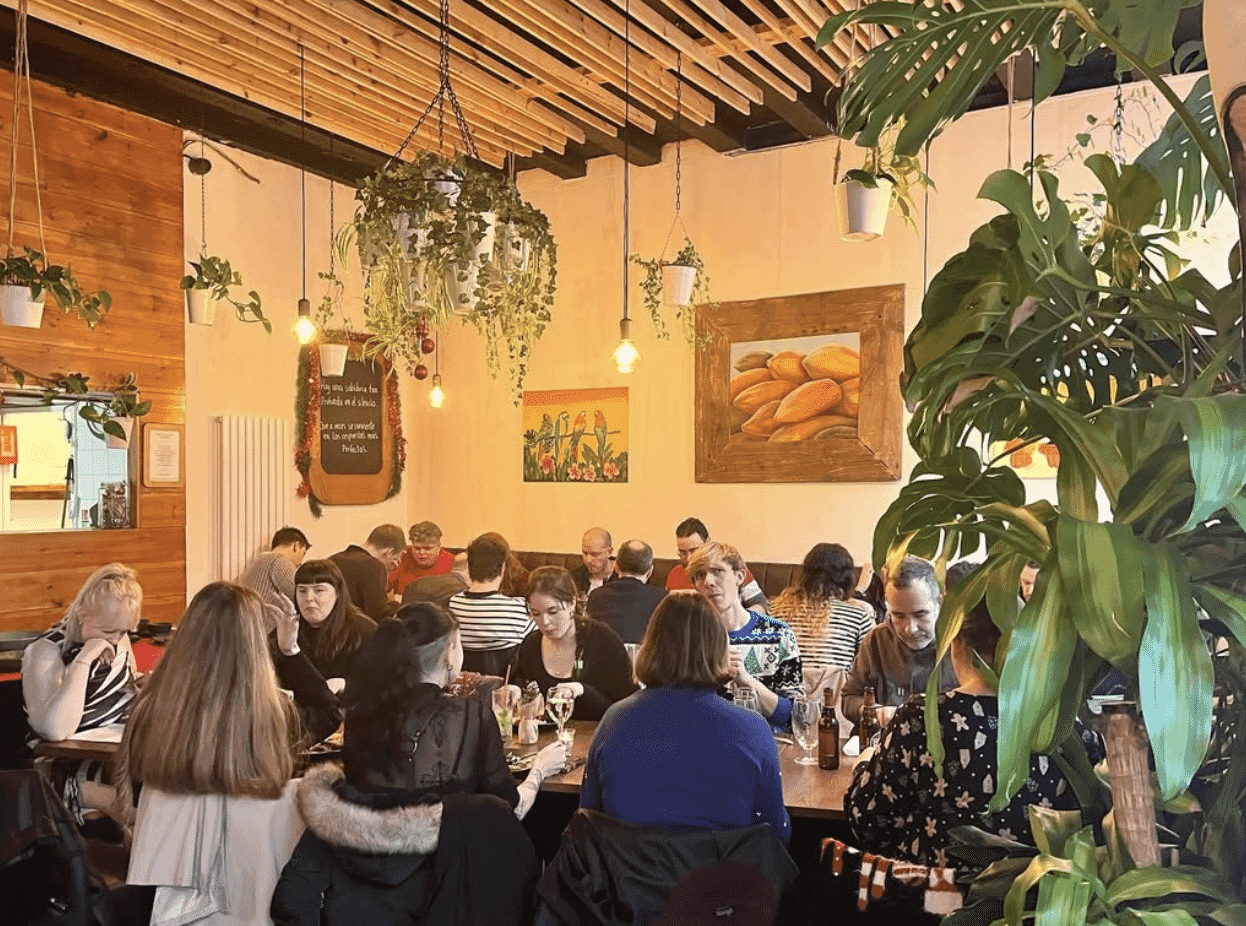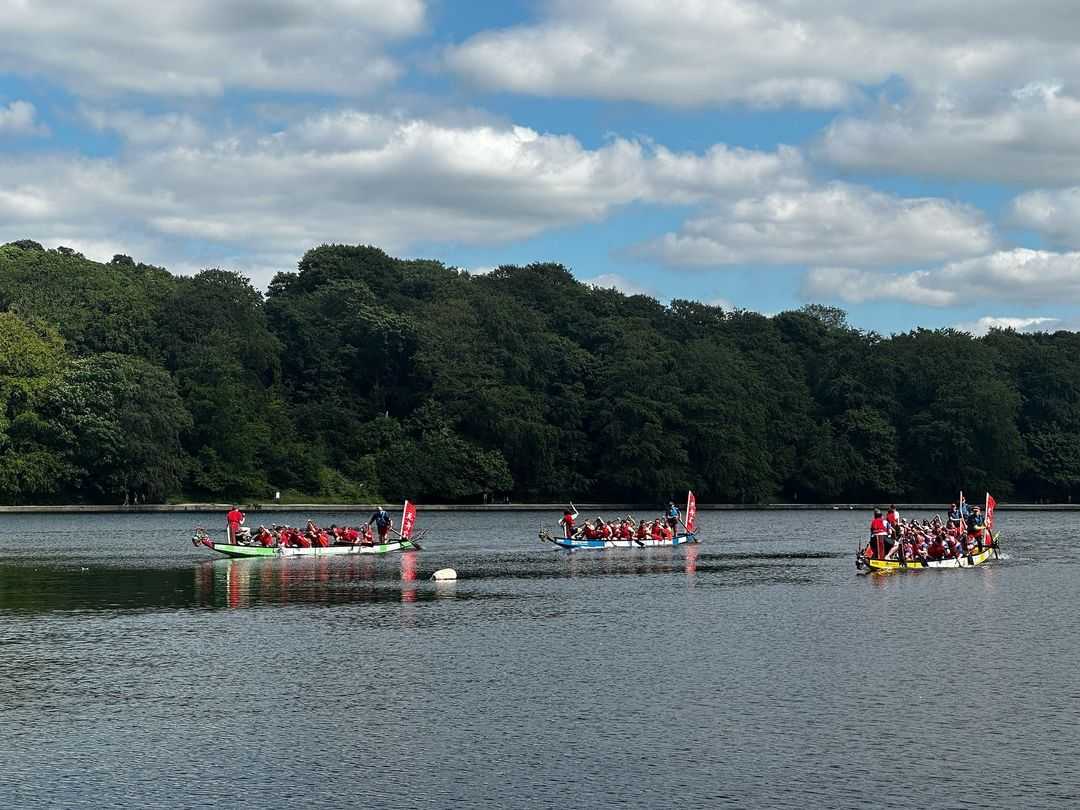Considered by many to be the unofficial capital of Yorkshire, Leeds has a vibrant culture and a rich history spanning hundreds of years. Leeds is a city loved by many and a must-visit destination for shoppers, partiers and culture lovers. However there is a more intriguing side of Leeds’ history full of weird and wonderful things that many visitors and residents alike may not know. Here are 17 odd and interesting facts about Leeds you probably never knew…
Do you love reading classic novels? Well, you can visit the homeplace of the iconic Brontë sisters right here in West Yorkshire. Charlotte, Emily and Anne called the Parsonage in Haworth, West Yorkshire their home. Here is where they came up with all of their brilliant ideas and wrote their famous novels.
The world’s first commercially viable steam locomotive was made in Holbeck, Leeds. Matthew Murray, one of the industrial giants of his time, moved to Leeds in 1789 for work as Leeds was a fast developing industrial area full of opportunity. Murray later produced the locomotive in 1812 called the Salamanca that ran on Middleton Railway.
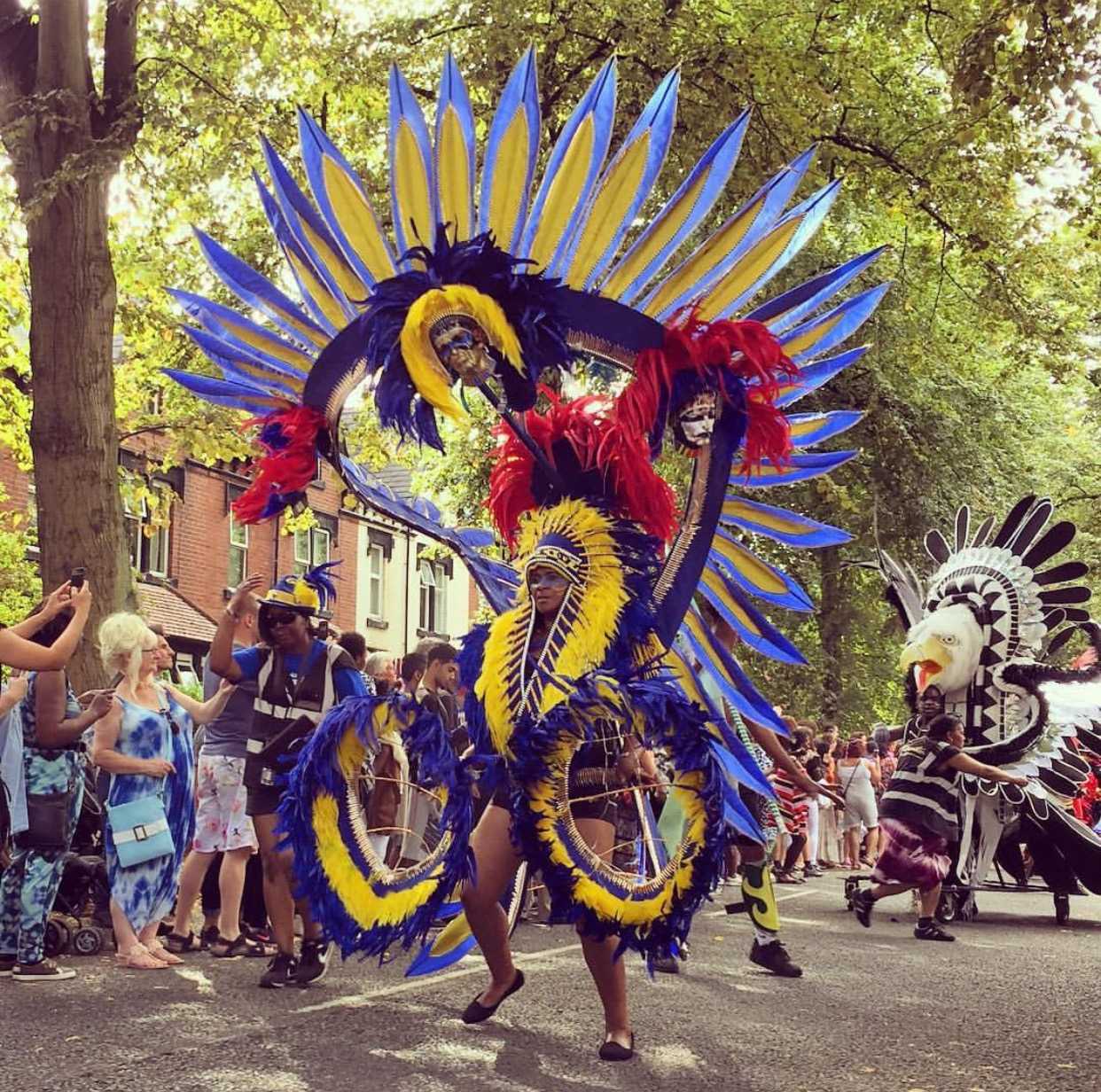
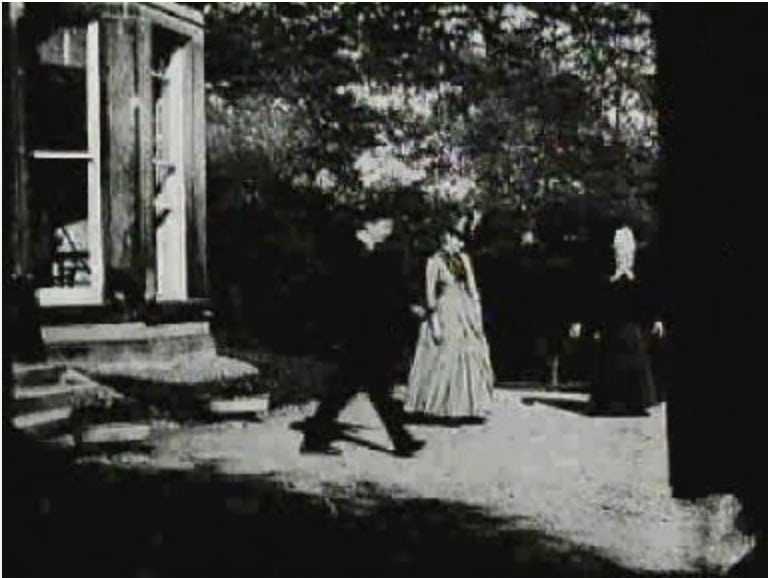
Something you probably didn’t know is that the retailer giant Marks and Spencer was established right here in Leeds back in 1884. Michael Marks secured a market stall in Kirkgate Market, Leeds and built a thriving business with the slogan “Don’t ask the price, it’s a ‘Penny”. Later on he partnered up with Tom Spencer and the first Penny Bazaar M&S stores were born. The market can be visited in Kirkgate Market where it still proudly stands today.
One of Leeds’ strangest discoveries happened back in 1851 as workmen dug clay in Wortley, Leeds. Several huge bones were discovered and were later identified by Henry Denny as bones of the Great Northern Hippopotamus. Part remains were found of three hippopotami, an elephant and an extinct wild ox. The bones were scientifically dated and the Leeds Hippo was found to date between 113,000 and 130,000 years ago.
Not only have the people of Leeds impacted British culture throughout history, but they have also contributed immensely overseas. Benjamin Henry Latrobe was a neoclassical architect that had a big impact on the USA and its architecture. Latrobe worked on various important works including the Richmond State Penitentiary and the Roman Catholic cathedral of Baltimore. One of his most recognisable works is the US State Capitol in Washington DC.
As his name suggests, Pudsey the Bear is Leeds born and bred. The much loved, cuddly character is the face we all think of when it comes to charity appeals and Children in Need. Joanna Ball, a BBC Designer, created Pudsey the Bear back in 1985 and was named after her hometown.
Did you know the first county maps of England and Wales were produced by a West Yorkshire lad? Christopher Saxon became Elizabeth I’s royal cartographer and was given state-of-the-art surveying technology to create the detailed county maps. Saxon carried out his work between 1577 and 1579.
Love jelly tots? Well, you probably never knew that their creation was a complete accident. The happy accident took place in Horsforth back in the 1960’s when a young research scientist by the name of Brian Boffey was experimenting with different ways to make powdered jelly that instantly set with cold water. Within weeks jelly tots hit the shelves and quickly became a popular children’s sweet.
The longest running West Indian Carnival in Europe is in Leeds. The Leeds West Indian Carnival has been going since 1967, longer than the Notting Hill Carnival. We can thank Arthur France, MBE, for the colourful celebrations that happen every year in Chapeltown, Leeds. The role of the chair of the committee is still filled by Arthur to this day.
Leeds hasn’t only played a huge part in culture and technology, this amazing city is also the birthplace of many important firsts in medicine and healthcare in the UK. One of the pioneers of hemodialysis, Frank Parsons, became determined to start using dialysis in Leeds after seeing the success it had had abroad in treating renal failure. His work led to Leeds General Infirmary becoming the first centre in the UK to use hemodialysis to treat acute renal failure back in 1956.
The much loved fizzy drinks can be enjoyed by all today thanks to Leeds. Joseph Priestly was a controversial physical scientist who is considered to have discovered various gases including nitrogen, carbon monoxide and many more. He is also credited as the first person to identify oxygen back in 1774. He is also responsible for the creation of carbonated water and his methods kickstarted the famous J.J Schweppe company.
Leeds played a massive role as an industrial city during the Second World War, and in comparison to other large industrial cities affected by German bombers, Leeds got off lightly. However some important parts of history were destroyed as a result. Two out of the three Ancient Egyptian mummies were destroyed during a German bomb strike on the old Leeds Museum. However, the mummified remains of Priest Natsef-Amun remained untouched with the only damage sustained on the inner lid of the coffin.
Roundhay Park in Leeds is one of the biggest city parks in Europe. Roundhay Park covers 700 acres of land with lakes, woodlands, playgrounds, cafes, the Tropical World attraction and much more. The park is visited and loved by many and is only three miles from the centre of Leeds. It’s the perfect escape from the bustling city life in the city centre.
Board games have been a much-loved source of family and friend fun for years. Cluedo is one of the most famous board games and was created by Anthony E Pratt, who based the game on his love of crime novels. Pratt took his idea to Waddington’s Games in Leeds, who loved the idea. Five years later, Cluedo hit the shelves and the rest is history!
The Royal Armouries Museum in Leeds is where you can find the UK’s national collection of arms and armour. Across five floors there are over 4,500 objects to explore. One of these objects on display makes Leeds and this museum stand out. The world’s largest animal armour can be found on display! On display is an elephant armour and tusk swords from the Indian sub-continent of the late 16th century. It is completely free to enter so next time you’re in the area, pop in to see this cool part of history for yourself.
The world’s very first moving picture was filmed in a garden in Roundhay, Leeds back in 1888 by Frenchman, Louise Le Prince. It is usually the Lumiere brothers and Thomas Edison who are credited as the pioneers of the moving picture, but it is believed by many historians that the beginning of the huge film industry should be credited to Le Prince, who disappeared before he was able to mark his spot in the history of the moving picture.
Another amazing medical milestone was reached right here in Leeds. The structure of X-rays was discovered at the University of Leeds by Sir William Henry Bragg. He is credited with discovering X-rays to reveal hidden injuries, as well as the structure of our DNA. Later on in his career he was awarded the Nobel Prize in Physics alongside his son for their invention of the X-ray spectroscope.
